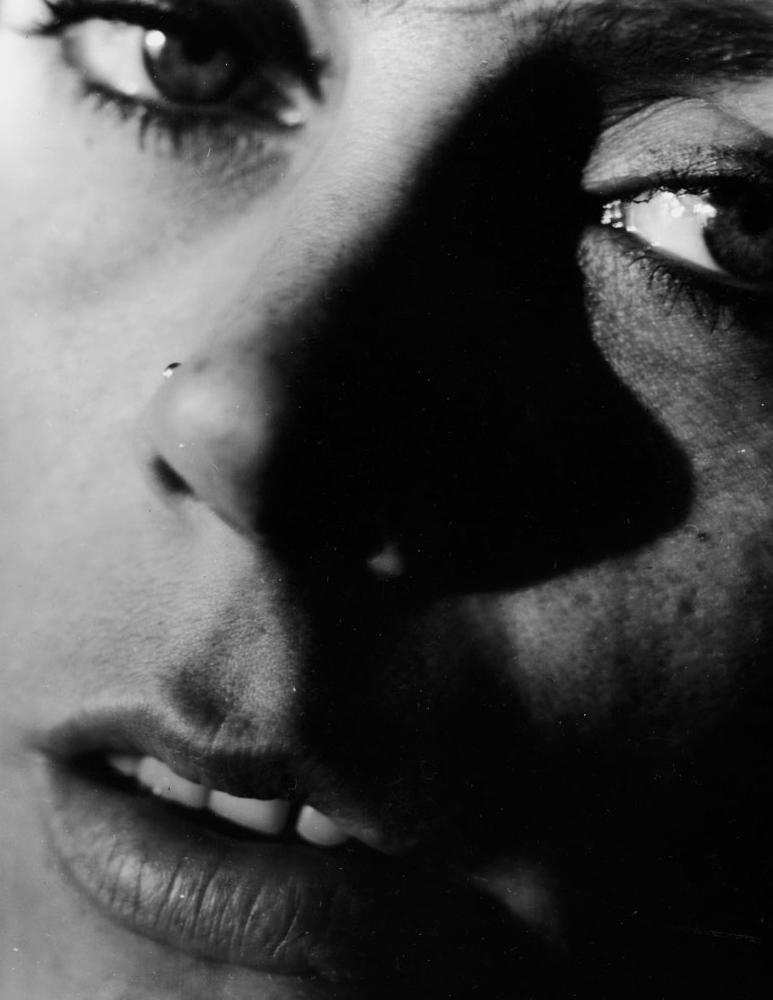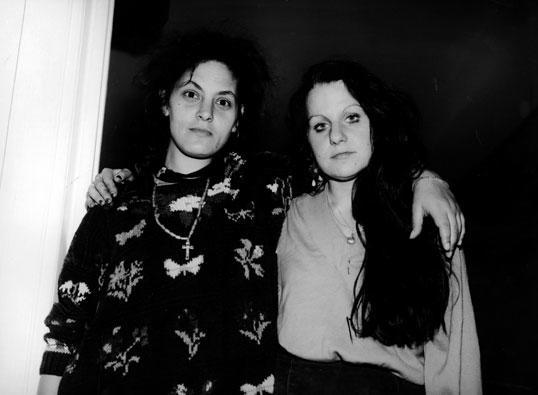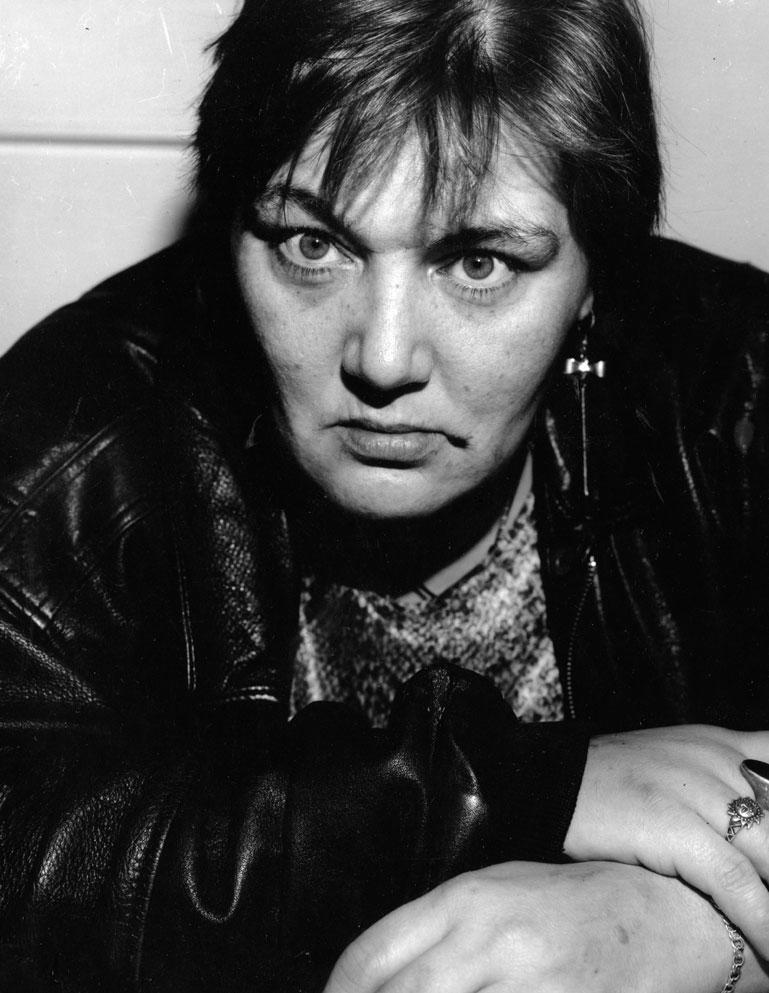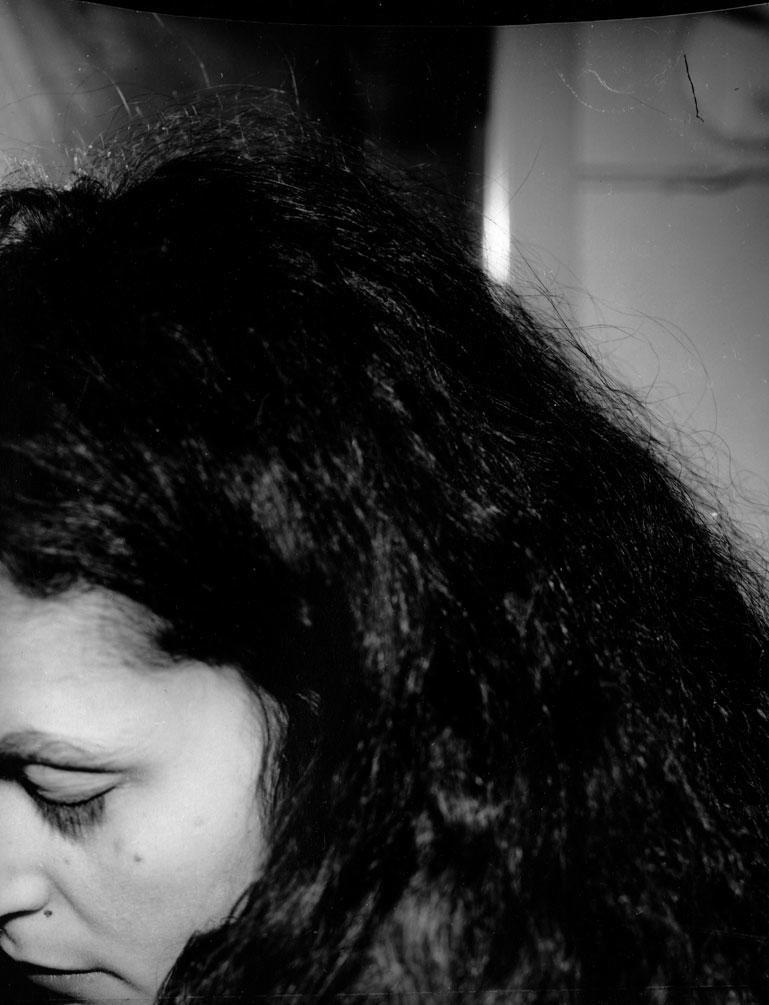
There was a time when, in order to attract customers, restaurants in Manhattan kept a teller of fortunes on hand, as though to provide a service that would go far beyond the feeding of humans. Only a small fee was charged for the service, perhaps five dollars.
One such place was an Indian restaurant on Park Avenue, in the East Sixties. It was a distinguished space with high vaulted ceilings — once the grand entrance of a residential building — kept gloomily dark at all times. So dark one had to feel one’s way to the table, navigating gently with one’s hands on the edges of tabletops that were tufted with a thick covering beneath long, perfectly ironed tablecloths, so that they and the muted light together conveyed the impression that not only dinner but an enveloping bed awaited. The tables were moreover on castors so they could be rolled out and then in again after one had been seated, which intensified the feeling of having been tucked in for the night.
Madame S, a distinguished Norwegian, wafted three nights a week around this magical dormitory. It seemed to me she whispered just loudly enough to be heard over the sinuous sounds of veena. Her hair was straight, flaxen, and wound up in an elegant chignon. She had a long nose, bright green eyes, and fingers ringed in thick gold bands, including a signet on a little finger. If I try to further recall her features now, she becomes indistinguishable from Greta Garbo, though more austere. She might have been an impoverished aristocrat who had somehow stumbled into this vocation of telling people their characters and fortunes by analyzing their handwriting. As with the fortune teller in Miracle in Milan — who repeats to every new customer entering his tent, “What eyes! And what a forehead you’ve got! What a great man your father must have been!” — nothing unpleasant transpired in these sessions.
Madame S had handwriting like a sharp stone fallen from heaven onto a sheet of paper by way of a thick luscious stream of black ink. It was oracular in appearance. Having inspected a sample of my handwriting, she wrote for me on a white sheet folded in half a series of notations such as “forward thinking, backward looking,” as memorable and baffling as an I Ching pronouncement. If you’d wanted to see your fortune inscribed on a reed, or on the sand, hers would have been the handwriting you would have chosen. A ghost might have favored it, too, for its vaguely gothic quality. In a gesture similar to that of a calligrapher, who has so many times retraced the form of an ideogram, words flowed from her pen in their simplest and most assured form. The line of her “d” curved backward, as though nostalgically toward the preceding letter — backward looking — and the nib of her gridded silver Parker was thick and did not brook hesitation.
Here is how the “science” describes itself: “Graphologists say ‘brainwriting’ is a more descriptive term than handwriting. When you pick up a pen and begin to write, everything that you have ever experienced comes together and travels down the nerves from your brain, through your arm, into your hand, and out onto the paper… Studies have proved that amputees who have learned to write with their mouths or feet, have the same handwriting characteristics.”
A friend in his nineties recalls a clique of psychics regularly sitting in the window of a Horn & Hardart cafeteria — a three-story art deco building in midtown Manhattan, graced by crenellated columns — but he had never tried any of them.
“You are a werry wosswul woman,” said the palmist at another restaurant, on Lexington Avenue, that I used to go to in the late seventies. I think it was called Gaylord’s. “I beg your pardon,” I said, not wanting to miss a pronouncement he clearly seemed to feel strongly about. “A wosswul woman,” he repeated. “I’m sorry — what was that again?” I asked. Perspiring beneath his white shirt and tie, a rivulet running from the slicked-back hair of a receding hairline, he made his hand into a fist this time and plunged it exasperatedly into the air above the table, almost shouting, “Foss-wul! Foss-wul!” And at last I understood — forceful.
He asked for my date of birth, and when I told him it was September 7, he began to recite a litany around the number seven: “Seven continents, seven seas, Seven Wonders of the World, seven colors in the rainbow, seven days in the week, seven chakras, seven worlds in the universe… seven stars,” it began. Then there were “seven divine women who were left behind on earth and became the ancestresses of all humankind,” and “seven sages in Hindu mythology whose wives were the seven mothers.” In music, vii was the leading tone, and seven was the number of notes in the traditional Western major scale.

The lady who read palms at Ali Baba, primly attired in a beige cashmere twin set and a thin strand of pearls, told me I would die in my sleep at a ripe old age, and that I’d be surrounded by young people. (“Goody,” as Auntie Mame might say.) She advised me to keep a notebook by my bed at all times, as I’d get ideas during the night and should jot them down right away. I hoped I’d be better off than the lady who was a member of the House of Lords, who awoke one night and scribbled something on a piece of paper that she felt was utterly inspired, only to find, the next morning, that she’d written: I think I’ll wear a shawl, / or nothing at all.
Doris — such was the name of Ali Baba’s resident oracle — was rather aged herself: well over eighty, stooped, and slight. It was surprising to find her at a restaurant that was cavernous and nearly always deserted, as no one ever went there for the food, they went for her. Her presence was vastly reassuring, unlike that of the next fortune-teller I encountered, who, after having stated her price — one hand, five dollars; two hands, seven-fifty — stated matter-of-factly: “You will be paralyzed from the waist down.” There were certain measures I could take to stop this from happening, she added briskly, but I’d have to come back to visit her several times, and she would perform a series of rituals. I’d have to give her two hundred dollars right away and fifty dollars for every one of a minimum of ten visits. Since she was not in a restaurant, she had an expensive overhead, hence the outlandishness of her pronouncements. Her “office” was like all such places that for a time proliferated in the basements of brownstones in Manhattan, advertising their services in creepy neon signs: “Psychic” or “Tarot.” I heard a small child wailing in the background. I fled, and the experience cured me of fortune-tellers.

I go along with Umberto Eco’s argument, finely stated at a recent conference in Milan, that only the truths of literature can be trusted as true, since those of reality, including historical “facts,” can after all be altered or disproved whenever new evidence comes to light. For instance, he said, Hitler might be found to have been shot to death on Lake Como, as opposed to the generally held belief that he committed suicide in his bunker in Berlin, whereas Anna Karenina could only ever be said to have died by jumping beneath a moving train, as Tolstoy wrote; nothing and no one could ever alter that. Given that what has happened, or will happen, to me is not in any novel, I can breathe easy.

A Tibetan reincarnate lama I met in the nineties said Tibetan Buddhists believe a “person” consists of over three hundred entities, incorporate beings and souls who attach themselves to a physical presence: a rock, a piece of furniture, a tree — or a person, by far the best option. “They are sitting here on the sofa with us — your three hundred and sixty, and mine,” he stated, as though this were as incontrovertible as Anna Karenina having died by jumping in front of a moving train. (I often try to imagine the invisible babble of all those creatures squeezed into my frame.) The most interesting fortune-teller I ever met was a lapsed Jesuit who converted to Islam and who didn’t, strictly speaking, tell fortunes but rather enumerated one’s “masks.” He saw every human being as an agglomeration of identities, one for every planetary aspect. He accounted for eight disgraces in the astrological charts he drew. Mine included Shakespeare’s Portia — “The quality of mercy is not strain’d,” he quoted — and Sheherazade, cloistered and manufacturing stories to save herself. Who could ask for anything more? Not me — I forget the other six.